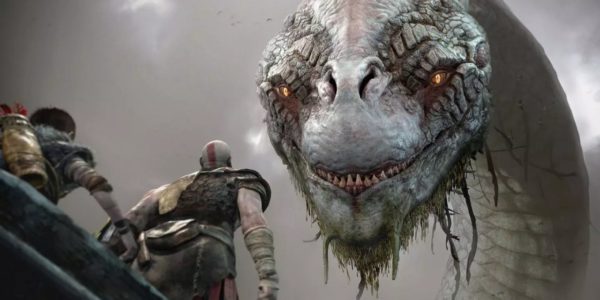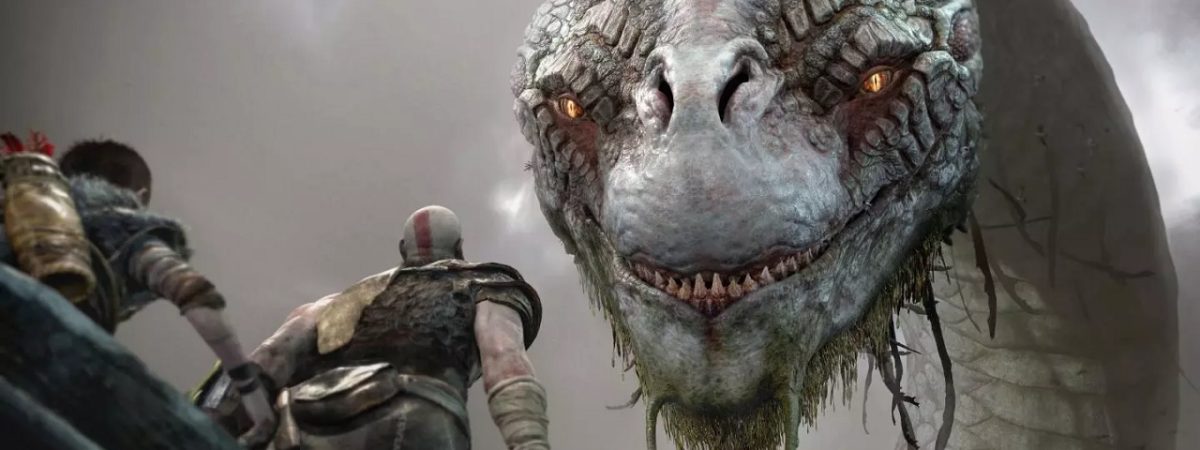Jormungandr, the mighty World Serpent of Norse mythology, is one of the first characters that you meet in God of War. Quite possibly the largest being ever to appear in the series, the colossal snake only speaks a handful of times. Nevertheless, his presence is quite literally felt throughout the game; it is his movements that lower the water level of the Lake of Nine. Jormungandr’s roots lie in Norse myth, and looking at how he has been realized by Santa Monica Studios could suggest a great deal about his role in future installments.
(The following article includes discussion of spoilers for God of War’s story. Proceed at your own risk.)
The World Serpent
The great ouroboros that is Jormungandr lies coiled around all of Midgard, according to myth. Indeed, the serpent’s name can be translated as “Huge Monster”. He is a Giant, and in the story of God of War, may be one of the only surviving Giants.
In myth he is usually described biting his own tail. Although he is never depicted doing so in the game, he is in the image on his shrine. The fact that Jormungandr isn’t biting his tail could in fact be a dire omen of things to come; it is said that Jormungandr will release his tail once Ragnarok begins.
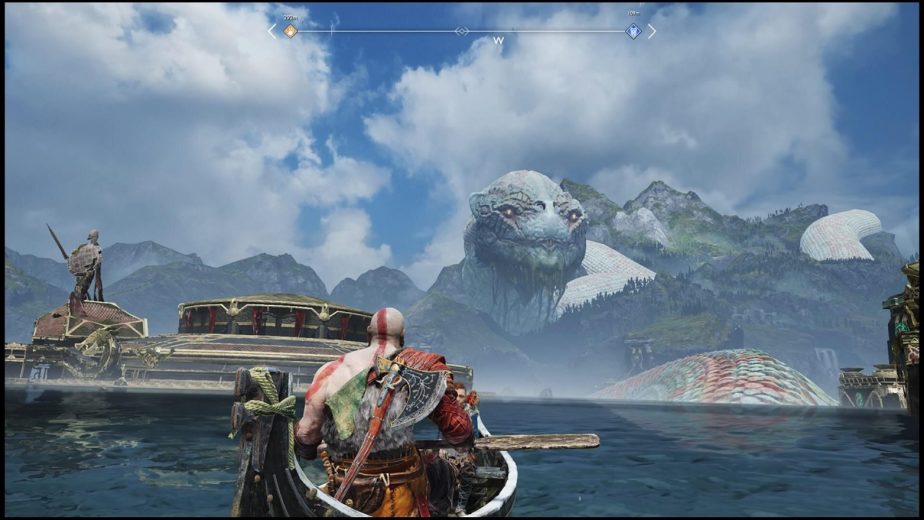
Jormungandr’s Role in Ragnarok
Jormungandr’s myths are closely intertwined with those of Thor. The pair are arch-enemies, destined to slay each other during Ragnarok. This prophecy is mentioned several times during the game, by Mimir, and on the World Serpent’s “More Than Myth” shrine.
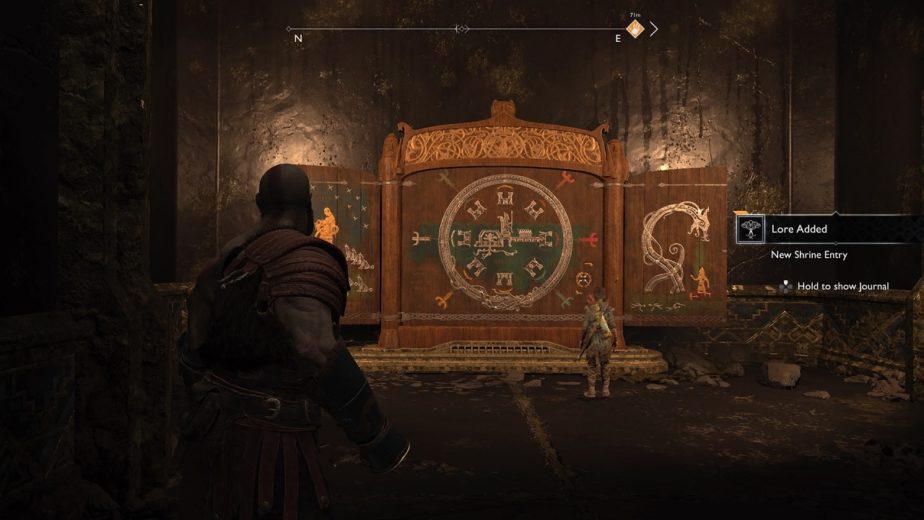
Thor has several famed encounters with the World Serpent. On one occasion, he even caught Jormungandr while fishing, although the giant Hymir cut the line out of fear. He also once failed to lift the vast snake, after another giant by the name of Utgarda-Loki used magic to disguise it as a massive cat. Although Thor failed, he was able to lift one of its feet, a feat that Utgarda-Loki commended.
Eventually, however, when Jormungandr “spews out so much venom that it spatters throughout the air and into the sea”, he and Thor will have their final battle. Thor is prophesied to slay the serpent. However, he will step back nine feet and die himself, having succumbed to Jormungandr’s poison. Thor seems very likely to appear as a villain in the next God of War (and even appears in one end-game cutscene), so players may yet get to see this battle play out. Given Kratos’ role as protagonist, it may be that he needs to use Jormungandr’s poison in order to slay Thor, or some other derivation of that sort.
Jormungandr’s Parentage
Perhaps the most interesting facet of Jormungandr’s character, evoked by a revelation near the end of the game, is the identity of his parents. In Norse mythology, the World Serpent is one of three children born to Loki and the giantess Angrboda; along with Hel and Fenrir. In myth, Odin threw Jormungandr into Midgard’s ocean, which is where he grew to his now vast size.
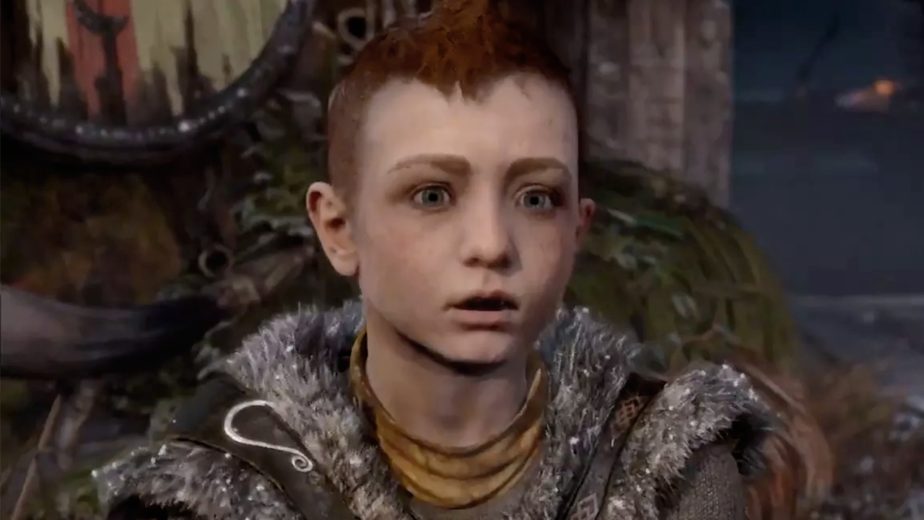
An interesting tidbit mentioned by Mimir during God of War is that some believe that Jormungandr may have traveled back in time, and that he knows events that are yet to be. At the end of the main story, it is revealed that Atreus’ mother wished to name Atreus “Loki”. Given those two intriguing pieces of information, it is possible that Jormungandr is Atreus’ son. As if to lend credence to that theory, when Jormungandr first speaks to Mimir, the severed head mentions that “The boy seemed familiar to him”. Whether Atreus will ever call the World Serpent “Boy” is unknown, but we can certainly hope.
